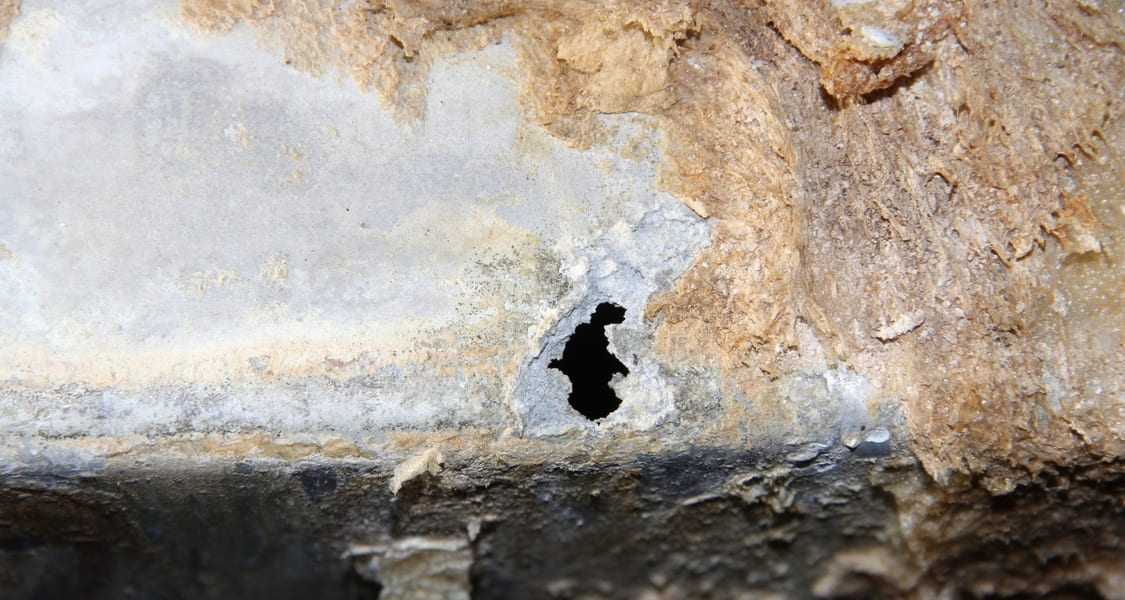Aluminum has a very high oxygen affinity. Under free air, the aluminum surface oxidizes and quickly forms a thin layer of aluminum oxide. This layer is chemically inert, which makes aluminum resistant to corrosion. However, the film dissolves under certain circumstances, and localized corrosion follows. Thus, it is imperative to know about the underlying factors responsible for aluminum corrosion.
Below, we detail some of the various ways in which aluminum corrosion can occur and some of the best preventative measures to implement to avoid it.
Different Types of Aluminum Corrosion
Aluminum corrosion can occur for many reasons depending upon the environment it’s exposed to or the materials added to it to change its properties. The following are brief descriptions of some of the most common types of aluminum corrosion:
Corrosion by Sensitization
Magnesium is often added to aluminum to increase its mechanical strength and ductility. However, the addition of excess magnesium (more than 3%) during the building process can lead to intergranular and exfoliation types of corrosion, also known as sensitization. It can also occur when the aluminum is exposed to high temperatures, stressing magnesium to migrate to grain boundaries and causing intergranular corrosion.
Galvanic Corrosion
When subjected to an electrochemical environment, two metals of different chemical potential experience an exchange of ions due to the formation of a closed circuit. This phenomenon is often noticed when aluminum, in conjunction with high noble metals such as steel or copper, is subjected to high saline or humid environments, leading to aluminum oxidation. This is known as galvanic corrosion. As a less noble metal, aluminum experiences an oxidation reaction, and the associated metal witnesses a reduction reaction. Its presence is confirmed when the aluminum sheet develops white-colored patches around the intersection area where the two metals meet.
Pitting Corrosion
Pitting corrosion occurs when a small area of aluminum is exposed to a corrosive environment after the protection surface wears off. Over time, the metal surface develops small pits due to loss of thickness. However, the chances of its occurrence increase only in very damp, salty environments, such as in seawater.
Crevice Corrosion
Crevice corrosion is a localized process developed over time by a stagnant electrochemical concentration inside crevices formed for various reasons. For example, a tiny crevice between an aluminum plate and a steel bolt can initiate the process. If the gap accumulates saltwater and precipitates aluminum, the solution increases the pH value of the crevice, which further accelerates the rate of corrosion. As crevices may also develop due to unintentional design mistakes and the use of low-grade alloys, a necessary pre-design quality check must be performed by qualified experts.
How to Avoid Aluminum Corrosion
To avoid corrosion and maintain the integrity of the aluminum used in your industrial applications, it’s important to implement the methods detailed below.
Test the Alloys Before Purchase
To figure out the corrosion resistance of the aluminum alloys you intend to purchase, you can request the supplier to perform the following standard tests:
- NAMLT (Nitric Acid Mass Loss Test)
- ASSET (Visual Assessment of Exfoliation Corrosion Susceptibility)
NAMLT covers a procedure to test the intergranular corrosion resistance of 5xxx series alloys by measuring the mass loss per unit area of the specimen under concentrated nitric acid. On the other hand, ASSET offers a reliable prediction of the exfoliation corrosion behavior. The susceptibility is determined by visual inspection after keeping the specimen under a standard mixture of four different chemicals for 24 hours at 65 ±1°C.
Application of Composite Patch
Composite patch repairs are highly recommended for effectively addressing stress-related cracks in the aerospace and marine industries. Composite films or pastes are applied over hard-to-weld cracks to close the gap. It’s a cost-effective alternative to costly component replacements. However, a careful selection of the right bonding solutions is imperative to retain structural integrity and performance.
Avoid Galvanic Contacts
As galvanic corrosion depends on a closed electrical loop to flourish, one of the easiest ways to avoid it is to introduce proper insulation between the coupling point that breaks the circuit. Bushings, washers, gaskets, or coatings can be used depending upon the area of application and environmental challenges.
Use Corrosion Prediction Software
Industries can make the best use of advanced corrosion prediction software to study the corrosion susceptibility of different alloys. The predictions are computed as a function of threshold temperature and chloride concentration. Such applications are highly useful for predicting the application limit of an alloy to avoid pitting, crevice, and stress corrosions.
Use High-Grade Alloys
Not all of the aluminum produced inherits the same degree of corrosion resistance. Thus, knowing which aluminum to use for a particular application may save you from future hassles. Both 5xxx series and 6xxx series aluminum alloys display the best corrosion resistance in saltwater environments. They come with moderately-high strength, coupled with excellent corrosion resistance.
The table below shows a list of highly sought-after aluminum alloys with their degree of corrosion resistance.
| Aluminum Alloy Series | Degree of Corrosion Resistance |
| 1100 | Excellent |
| 3003 | Good |
| 5052 | Excellent |
| 6061 | Excellent |
| 6063 | Good |
| 7075 | Average |
Purchase High-Grade Aluminum Alloys from a Local Metal Supplier
Industrial Metal Service supplies a variety of aluminum alloys with excellent corrosion resistance and welding characteristics. We have a vast aluminum inventory of certified plate, bar stock, and round bar, both new and recycled, to meet your manufacturing standards. We also offer accurate metal sawing services to quicken the production process and reduce metal waste in the long term.
Contact Us
 Cast Plate
Cast Plate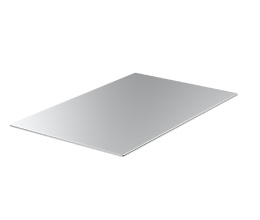 Sheet
Sheet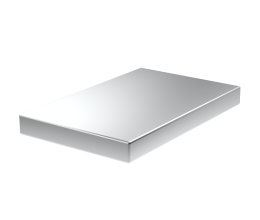 Plate
Plate Rectangular Bar
Rectangular Bar Flat Bar
Flat Bar Square Bar
Square Bar Round Bar
Round Bar Diamond Plate
Diamond Plate Angle
Angle Channel
Channel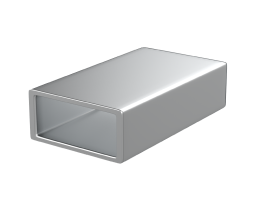 Rectangular Tubing
Rectangular Tubing Square Tubing
Square Tubing Round Tubing
Round Tubing Pipe
Pipe Sheet
Sheet Plate
Plate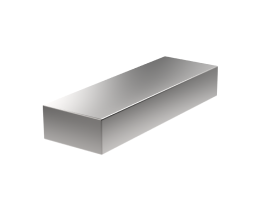 Flat bar
Flat bar Diamond Plate
Diamond Plate Angle
Angle Channel
Channel Rectangular tubing
Rectangular tubing Square tubing
Square tubing Round tubing
Round tubing I Beam
I Beam Sheet
Sheet Plate
Plate Rectangular Bar
Rectangular Bar Square Bar
Square Bar Round Bar
Round Bar Rectangular Tubing
Rectangular Tubing Square Tubing
Square Tubing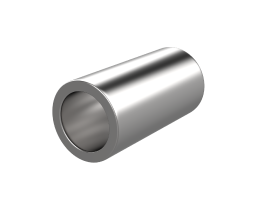 Round Tubing
Round Tubing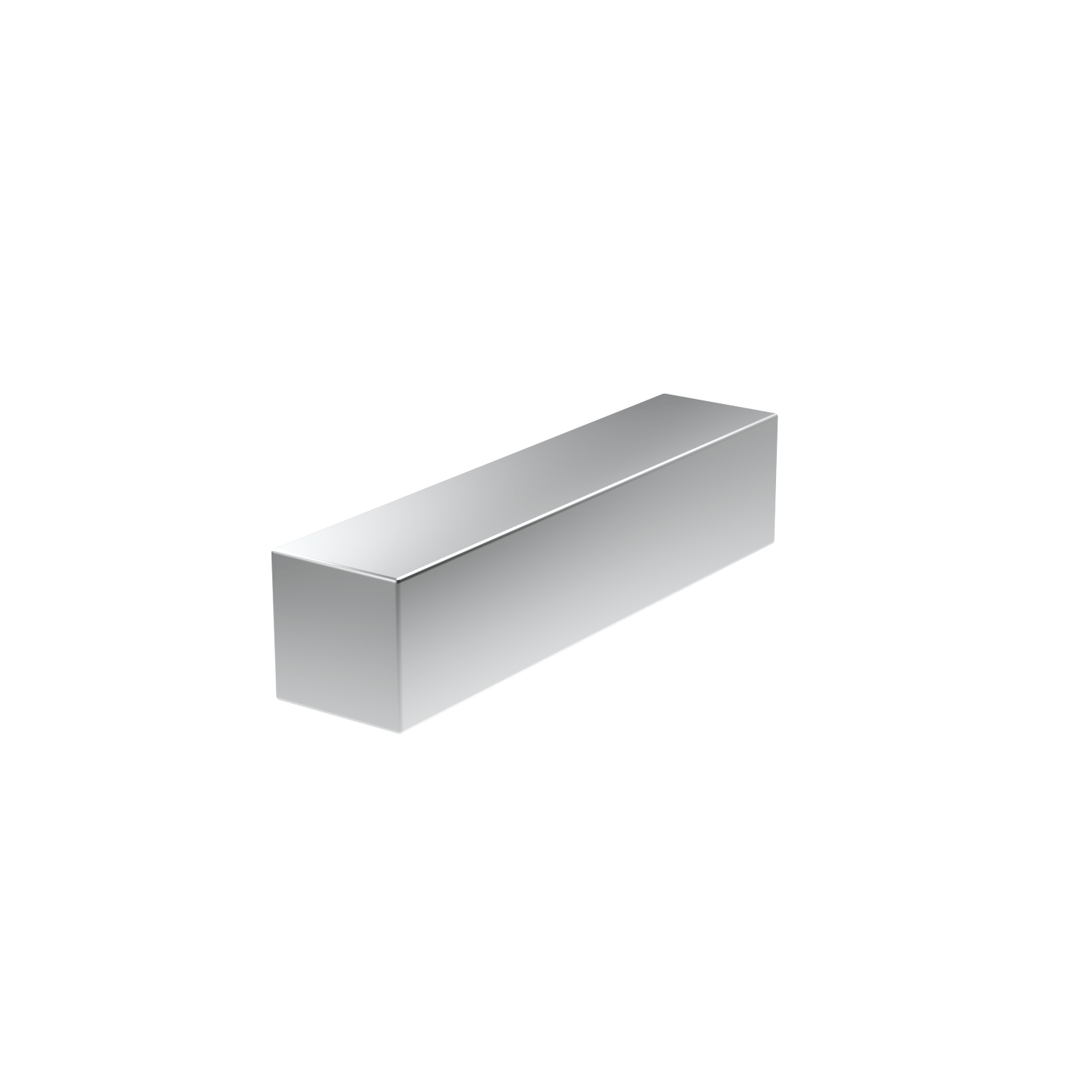 Square Bar
Square Bar Angle
Angle Round Plate with Drophole
Round Plate with Drophole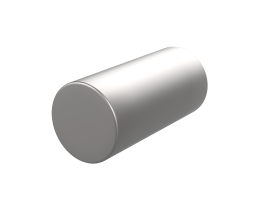 Round Bar
Round Bar Flat Bar
Flat Bar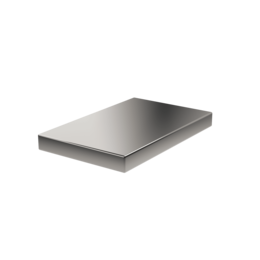 Plate
Plate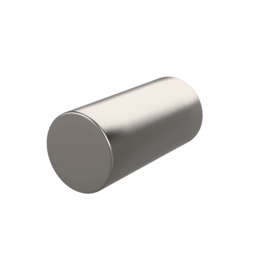 Round Bar
Round Bar
